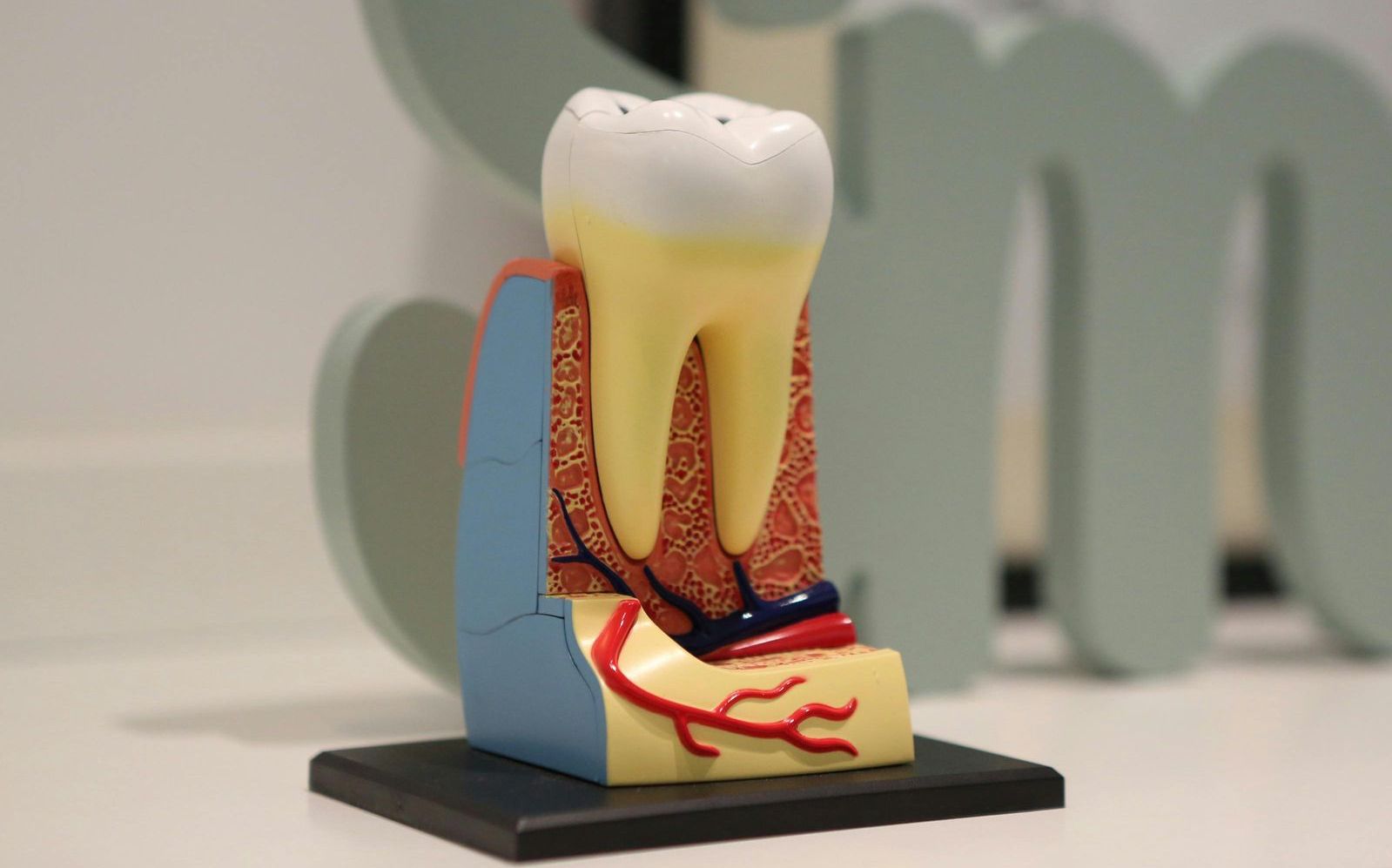Why do I wake up with Headaches? Understanding TMJ and TMD
The Temporal Mandibular Joint (TMJ) is a vital part of your jaw that allows movement of the lower jaw. It is a hinge that connects your lower jaw to the temporal bones of your skull, located in front of your ears. This joint is essential for functions like chewing food, speaking, and other everyday activities. However, when something goes wrong with this joint or the surrounded muscles or ligaments, it can lead to a condition known as Temporal Mandibular Dysfunction (TMD), which can significantly affect your daily life. It is estimated to affect 5-12% of the general adult population, with women having 2x prevalence to men.

What is TMD?
TMD is an ailment caused by chronic or acute inflammation of the TMJ. Several factors can lead to TMD, including general wear and tear, overuse of the jaw, clenching, grinding, malocclusion (misalignment of the teeth), injury, arthritis, autoimmune disease, stress, or trauma. TMD can prevent your jaw from functioning correctly, making it difficult to speak, chew, or perform other essential activities.
The most common cause of TMD is overuse of the jaw, often linked to unconscious jaw movement during sleep. Many people with TMD only experience jaw movement while they’re sleeping, as a means of releasing tension. In cases involving sleep apnea, it may also be the body’s response to trying to increase oxygen intake during apneic events (periods of breathing cessation during sleep). Because these occurrences are often at night, many people go undiagnosed for years, unaware that they’re unknowingly contributing to the issue.
Common Symptoms of TMD
If you are suffering from TMD, you may experience a variety of symptoms, including:
- Pain while chewing or soreness in the jaw
- Clicking or popping sounds when opening or closing the mouth
- Locked jaw or difficulty opening your mouth
- Tension headaches or migraines
Since many people only experience symptoms while asleep, TMD often goes undiagnosed until significant damage has already occurred to the joint, teeth, or overall jaw function. If you are experiencing any of these symptoms, it’s crucial to consult with a dental professional.
Diagnosis and Treatment
Every person diagnosed with TMD requires a thorough evaluation by a professional to determine the best course of action for reducing symptoms and preventing further damage to the TMJ. For some patients, it’s essential to evaluate for sleep apnea, as clinical studies have shown that undiagnosed sleep apnea can lead to an increase in episodes when using a night guard appliance. This happens because the appliance can restrict space in the mouth, potentially making it harder to breathe adequately during sleep.
First Line of Defense
The first steps in managing TMD include:
- Night Guard Appliance: A custom-fitted guard worn at night to reduce grinding and clenching.
- Day Guard: Similar to a nightguard but worn during the day to protect the jaw during daytime stress.
- Soft Food Diet: Reduces the pressure on jaw muscles by minimizing the effort required to chew food.
- Cold Compress: Applying a cold compress to the TMJ area can reduce inflammation. Use for 20 minutes on and off.
- Muscle Relaxers: These can help reduce muscle tension but should only be used under the supervision of a doctor. (Avoid operating heavy machinery while on these medications.)
- Nonsteroidal Anti-inflammatory Drugs (NSAIDS): An effective over-the-counter medication to manage inflammation and relieve pain.
Second Line of Defense (Non-Surgical Approach)
If the initial treatments do not resolve the symptoms, you may need further interventions:
- Physical Therapy: Helps patients perform daily exercises to reduce symptoms and change habits that may be exacerbating the problem.
- Acupuncture: Inserting thin needles into muscles around the TMJ to reduce inflammation and promote circulation.
- TMD Specialist: If necessary, a specialist may evaluate you for potential surgical options.
- Sleep Apnea Appliance: Similar to a nightguard, this appliance positions the jaw to reduce apneic events during sleep, improving breathing.
- Trigger Point or Botox Therapy: Injections that reduce the muscles' ability to contract, which can help alleviate pain and discomfort. The effects usually last 3-4 months, depending on usage.
- Transcutaneous Electrical Nerve Stimulation (TENS): low-level electrical currents to relax muscles.
Third line of Defense (Surgical Approach)
If non-surgical treatments are unable to resolve symptoms, surgical interventions may be necessary:
- Arthrocentesis: In-Direct Fluid removal and cleansing of the Jaw Joint through a needle injection.
- TMJ Arthroscopy: In-Direct reshape bone, remove scar tissue, or reposition disk through a tiny tube with light and a camera
- Open-Joint Surgery: Direct access to the jaw joint to reshape bone, remove scar tissue, or reposition the disk.
Take Action!
If you’re experiencing any symptoms of TMD, it’s essential to talk to your dental professional for a proper diagnosis and treatment plan. Early intervention can help prevent further damage to your TMJ and ensure that you can continue to enjoy the essential functions of speaking and chewing without pain. TMD is a manageable condition, and with the right treatment, you can lead a pain-free life!
Remember, the sooner you seek help, the easier it will be to manage the symptoms and protect your jaw from permanent damage. Don’t wait—talk to your dentist about TMD today!
Copyright © Dr. Annie Mazure-Schmidt






